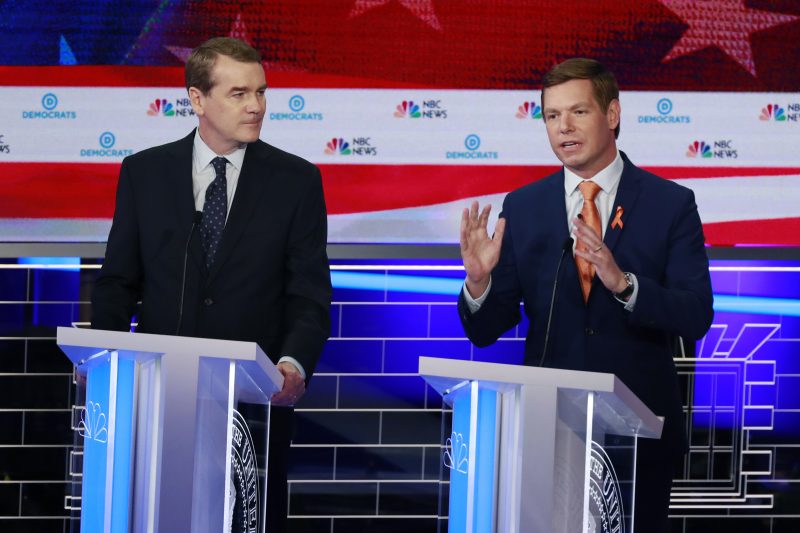In modern politics, the succession of leadership is crucial for the continued growth and relevance of any political party. The Democratic Party, traditionally known for its progressive values and inclusivity, is currently facing the challenge of passing the torch to a new generation of leaders. Despite efforts to embrace younger voices, the party still struggles to effectively transition power to its rising stars.
One of the major stumbling blocks in the Democratic Party’s succession plan is the entrenched control of long-standing members of the party establishment. While these veterans bring experience and institutional knowledge to the table, their resistance to cede power to younger, more progressive leaders hampers the party’s ability to evolve with the changing times. This generational divide often leads to internal conflicts and hinders the development of a cohesive leadership strategy.
Another obstacle that impedes the transition to younger leaders is the lack of efficient mentorship and support systems within the party. While some veteran Democrats recognize the importance of nurturing new talent, many fail to actively guide and empower the next generation of leaders. Without proper mentorship and opportunities for young politicians to showcase their capabilities, the Democratic Party risks losing out on fresh perspectives and innovative ideas that could energize its base.
Furthermore, the Democratic Party’s struggle to pass the torch to younger leaders is exacerbated by its reluctance to embrace change and adapt to the evolving political landscape. In an era shaped by rapid technological advancements and shifting social norms, the party must be willing to rethink its strategies and embrace new voices that resonate with younger voters. Failure to do so not only alienates a crucial demographic but also risks relegating the party to irrelevance in the long run.
To overcome these challenges and successfully transition power to younger leaders, the Democratic Party must prioritize intergenerational collaboration and create pathways for emerging voices to ascend to positions of influence. This involves fostering a culture of mentorship, providing opportunities for skill-building and leadership development, and actively involving younger members in decision-making processes. By valuing diversity of thought and embracing the energy of youth, the party can revitalize its image and appeal to a broader cross-section of the electorate.
In conclusion, the Democratic Party’s struggle to pass the torch to younger leaders is a multifaceted issue that requires a concerted effort to address. By breaking down barriers to entry, promoting mentorship, and embracing change, the party can position itself for long-term success and relevance in an increasingly dynamic political landscape. It is imperative for the party to recognize the value of diverse perspectives and invest in nurturing the next generation of leaders to ensure its continued growth and vitality.
